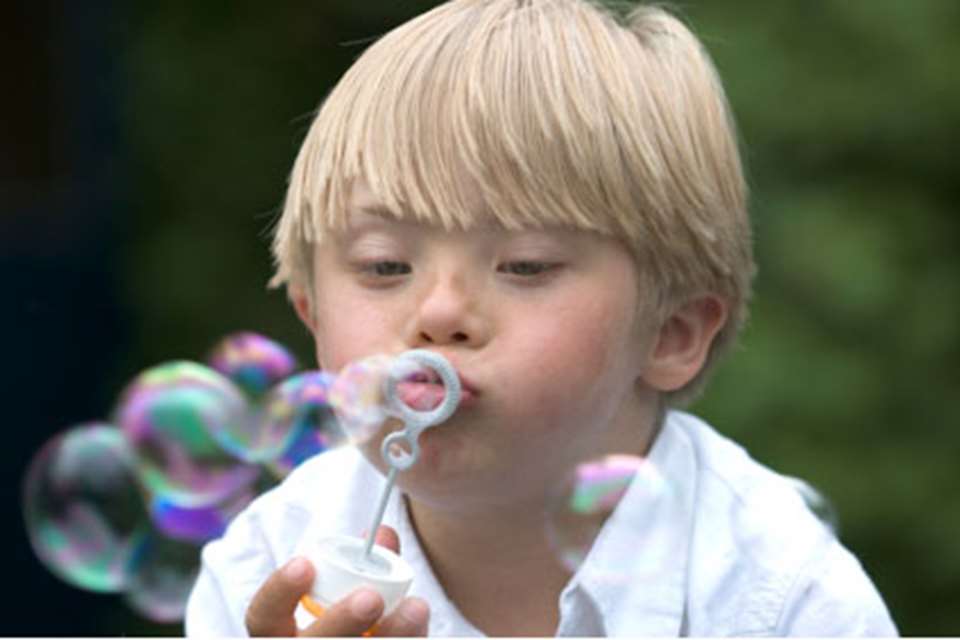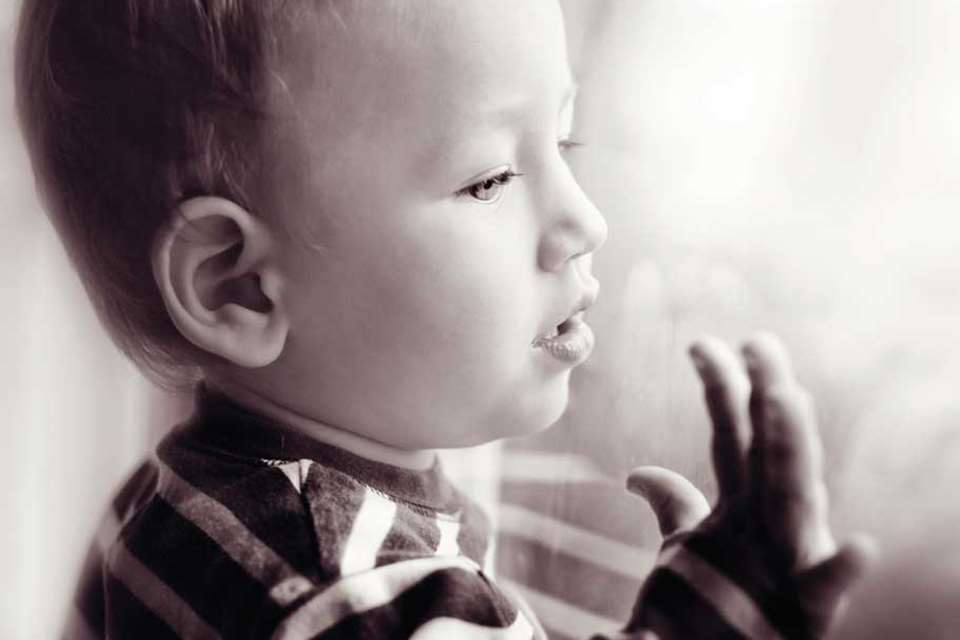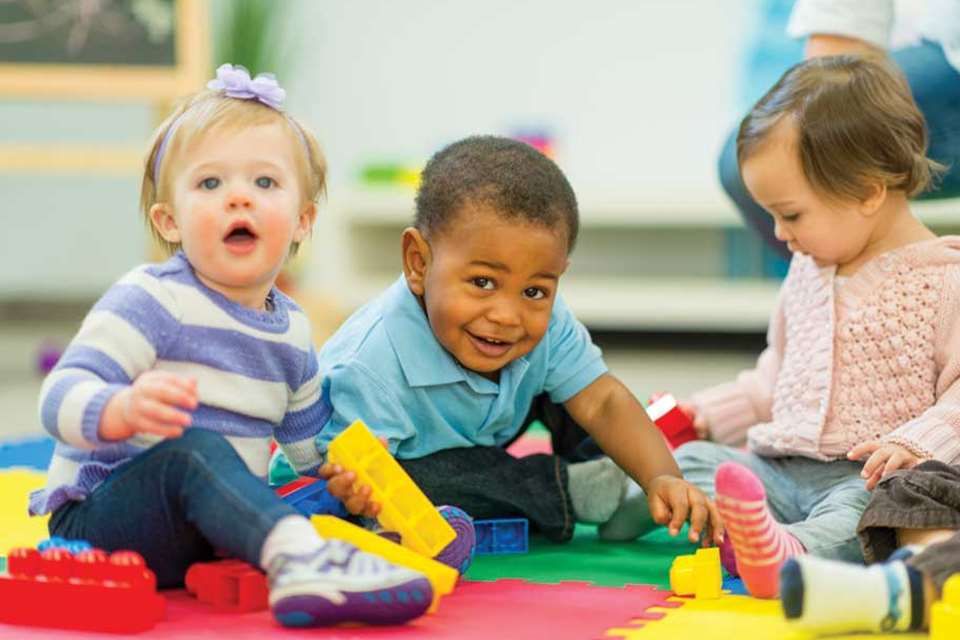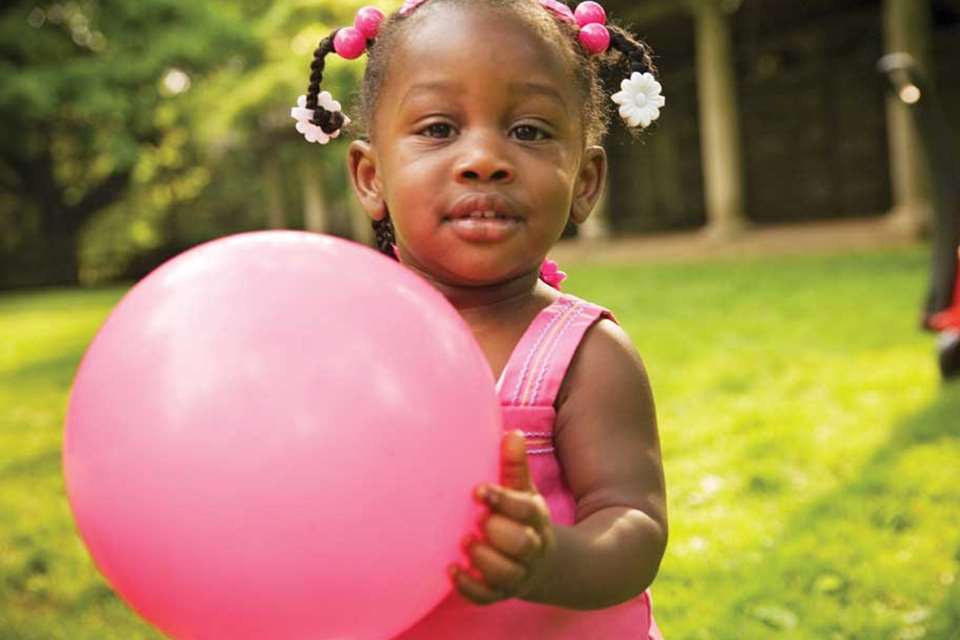A Unique Child: SEND Code of Practice - Prime movers
Kay Mathieson
Monday, January 26, 2015
How should the 'areas of need' in the Special Education Needs and Disability Code of Practice be considered in relation to the prime areas of learning? Kay Mathieson explains.

The prime areas of learning were highlighted in the 2012 revision of the Early Years Foundation Stage (EYFS). They are different from the other areas of learning, firstly, because of their universality. No matter which sociocultural situation you are born into, you will learn and develop socially, linguistically and physically. Secondly, the prime areas are understood to be time sensitive. As such, although they can develop later, they are more easily acquired during these early years of development (DfE, 2011:96).
Our understanding of child development confirms the extent to which these prime areas of learning are interconnected. As we observe children engaging in play and exploring the world, we gather evidence of their progress, but also how understanding in each area supports their holistic development.
For example, the acquisition of language is not just about being able to say words; it involves making social contact, understanding communication from others, and using language to organise and develop thinking, including developing a sense of self.
The Special Educational Needs and Disability Code of Practice emphasises the importance of keeping the individual child at the centre of our thinking. Therefore, early identification of young children's special educational needs and disabilities (SEND) will inevitably involve thinking about these prime areas of learning. The broad areas of need set out in the Special Educational Needs and Disability Code of Practice are:
- communication and interaction
- cognition and learning
- social, emotional and mental health
- sensory and/or physical needs.
Thinking from the child's perspective, experiencing a difficulty in one of the prime areas will no doubt have some impact, albeit temporary, on progress in the other two prime areas.
The four areas of need are useful for planning provision and support in our schools and settings. The intention is not that children's needs have to 'fit' a category, more that these areas offer indications of action needed to appropriately support a child.
Clearly, in the same way that the prime areas are interconnected, so are these areas of need, and many children will experience difficulties across more than one area (DfE, 2014:96). If we consider each of the prime areas in turn, we can see some of the potential implications for a child's development and how this would relate to the SEND areas of need.
PHYSICAL DEVELOPMENT
Physical development typically progresses from 'head to toe' with control of the head movements being followed by that of shoulders, trunk and limbs. This is complemented by the developing nervous system and muscle control emanating from the centre of the body out to the extremities of fingers and toes (Evangelou, 2009:67).
Early identification of SEND stems from our observation of a child's increasing co-ordination, fluidity of movement and muscle tone as they stretch, reach, balance and move around independently.
In addition, evolving sensory awareness through touch, vision and auditory development will impact on motivation to move and characteristics of social connections, but also more obvious developmental changes such as walking and talking.
For example, vision makes clearer what is around us, objects to explore or avoid while travelling from a to b, and supports categorisation of objects, recognition of familiar people and awareness of danger. But the process of integrating sensory information to understand our world can also be problematic. Some children and adults have heightened sensitivity to particular sensory stimulation such as bright light, noise, textures or being touched.
Muscle development can also have an impact on articulating speech sounds, impeding speech and use of language. Any significant delay in physical development can have wider implications, for example, on social interactions, as children are recognised as being 'out of sync' with peers in their development of dexterity, movements and co-ordination. Further, muscle strength and development of the trunk area can also impact on posture, balance and co-ordination, as well as control of muscles related to toileting and digestion.
COMMUNICATION AND LANGUAGE
The prime area of Communication and Language is very closely related to the SEND area of need 'communication and interaction'. To develop effective skills in this area, children need opportunities and sensitive adults to mediate their interactions with peers. It is this that enables children to build their individual range of strategies and skills for relationships.
Establishing and maintaining relationships is not easy, as it requires skills of mediation, negotiation, conflict resolution, perspective and empathy to communicate and demonstrate understanding of others. This complex web of skills can be challenging for adults, so in our practice we must demonstrate realistic expectations of children who in the EYFS are at the beginning of their learning in this area.
The quality of a child's social connections not only impacts on their learning, but in some cases also on emotional and mental health. Being able to talk about our emotions and make sense of what others say about their feelings is central to our human experience.
The way we respond to children's emotional communication gives powerful messages about being empathetic and responsive to our own and others' feelings. Taking seriously a child's communication of anxiety, distress or excitement validates and models our ability to read others' emotional communication.
PERSONAL, SOCIAL AND EMOTIONAL DEVELOPMENT
Early brain development is supported by positive relationships and a secure attachment with key carers. This supports a child's developing understanding of relationships, and this continues to develop throughout life.
Modelling thinking and positive responses to others, as well as providing calm supportive interactions during times of upset and distress, helps to develop self-regulation and resilience over time.
The experience of such reciprocal relationships helps children to learn about shared meaning, negotiating, meeting basic needs and making choices as well as developing empathy and moral awareness. There are, therefore, obvious links between Personal, Social and Emotional Development and the SEND areas of need 'communication and interaction' and 'social, emotional and mental health'.
COGNITION AND LEARNING
For the SEND area of 'cognition and learning', the interconnectedness with all the prime areas stands out.
As we have seen, the prime areas and areas of need are interwoven. However, in the same way that the areas of need all have strong social implications, development in the prime areas is supported by individual cognition and learning.
The early years is a period of rapid development in all areas. But the development of thinking, social understanding and the ability to manipulate ideas and knowledge flexibly in novel situations is perhaps the most impressive.
Although there is seldom a smooth pattern of progress, the impact of any difficulties with cognition and learning will inevitably impact on all the prime areas. Through reviewing patterns and rates of progress across all prime areas, early identification of SEND can be recognised and taken into account when considering next steps for learning.
Early development is a complex maze, with individual but also common predictable changes, so groups of children are likely to experience similar changes at similar periods in their life. Strength, difficulty or delay in one area is likely to impact on other areas of development, perhaps being out of sync, taking longer, being more difficult or needing specific experiences or support.
TAKING A HOLISTIC VIEW
As we have explored the inter-relatedness of the prime areas and areas of need, the importance of keeping the holistic view of the child central to our thinking is obvious. The Progress Check at Age Two is a timely opportunity to support parents and link with health visitors to share evidence on current and potential future challenges in developmental progress.
This holistic view of the child will also take into account the context in which they are growing up, at family, setting and community levels. There is no 'one size fits all' so local authorities, education, health and social care are working together in the new strategic environment of joint commissioning to use the Integrated Review at Age Two as an early intervention strategy, but also to improve pathways to appropriate support.
Practitioner knowledge is an important contribution to the integrated review. Bringing together practitioner specialist knowledge about child development and parental knowledge about the child's development over time provides a strong evidence base for early identification of SEND and personalised intervention.
MORE INFORMATION
- Early Years Learning and Development Literature Review by M Evangelou, K Sylva and M Kyriacou (2009), Department for Children, Schools and Families, University of Oxford
- Special Educational Needs and Disability Code of Practice: 0 to 25 years, DfE (2014).London
- The Early Years: foundations for life, health and learning, Department for Education (DfE) (2011). London.











